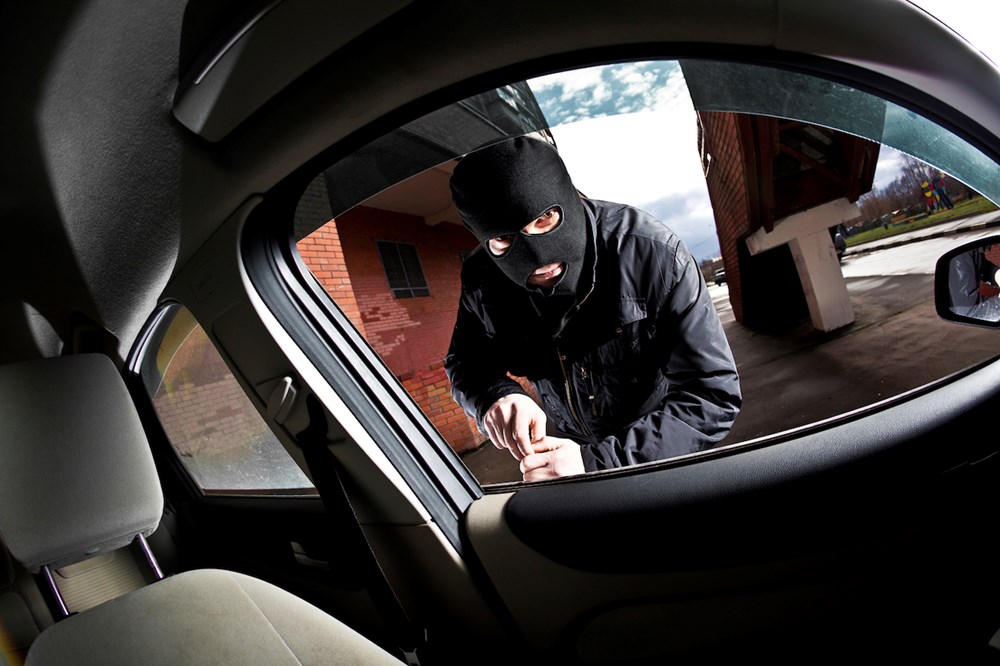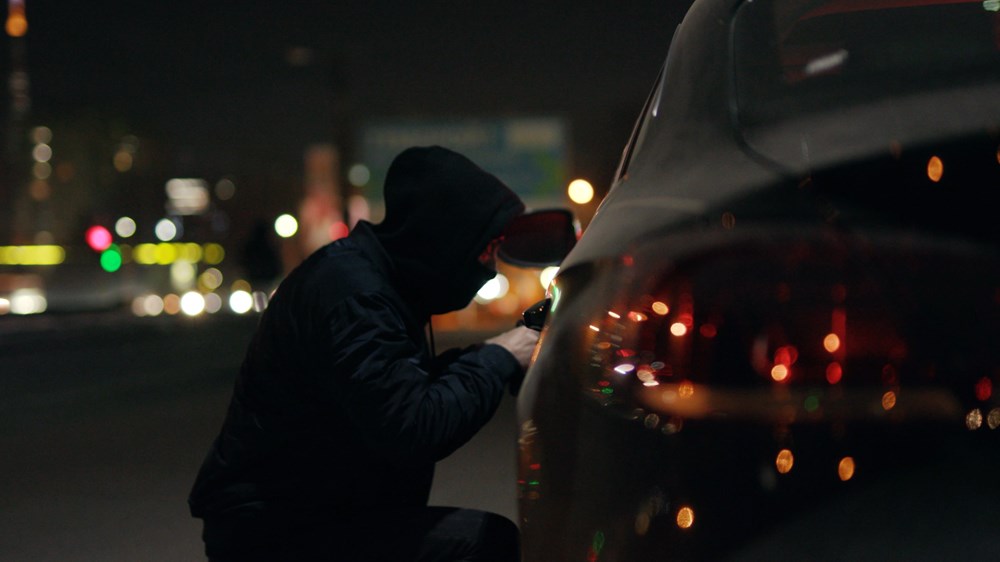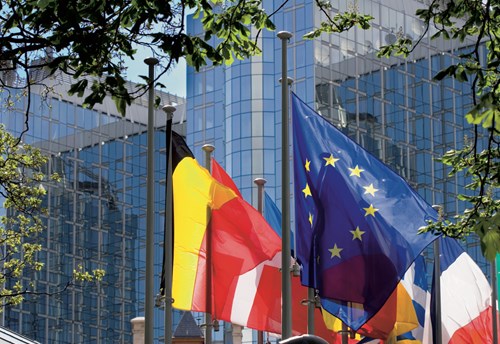Last year, the municipality of Utrecht started handing out burglary sensors on a trial basis to car owners who are regularly victims of car burglary. But what about nationwide? And what can other organisations do to roll up the mobile gangs that steal parts from or from cars? René Middag, national project leader and coordinator of mobile banditry at the Dutch Police, updates us.
Has the action from Utrecht been followed, for example by other municipalities?
"We had a similar project in the Gooi and Vecht region in 2019/2020. At the time, many thefts were committed in BMW vehicles in this region. Steering wheels, navigation systems and airbags were particularly popular. It was the first time I was introduced to such a project. It was also nice to execute. It didn't directly lead to arrests, but you do involve the citizen. Once, a car owner even ran outside to chase the perpetrator away. In itself, this is good, although it did put the car thief out of our picture," says Middag.
According to him, the most important gain is the increased awareness. "By involving people in the tracing process, they are more alert and pay more attention to where they park their car. People who walk their dogs in the evening are also more critical of what happens outside. In addition, in this way you also show as the police and municipality what you are doing about the thefts. However, it is true that in this phenomenon we have to rely on the so-called 'red-handedness' or the 'golden hour'; This means that we can arrest the suspect immediately. When we are later, these gangs are often already away from the crime scene or even back abroad."

Are there any figures available on the damage caused by mobile car parts gangs?
"Absolutely. We see that more and more car parts are being stolen instead of expensive items that are in the car. As a result, the impact and the damage that needs to be repaired increases. With these thefts, you often see a damage amount of between 20,000 and 25,000 euros. For example, wires have often been cut or sometimes entire dashboards have been removed. If we look at the chance of being caught, it is only between 2.5 and 3 percent in these types of gangs. It is very difficult to indicate which professional gangs are active, so we cannot say with certainty which group of criminals is carrying out the crime."
Is there any consideration to roll out the sensors project even further?
"At the moment, the project is mainly used in the middle of the Netherlands, but I actually think we should see if we can't roll this out more widely and involve the whole of the Netherlands. This could be incorporated into a protocol in which both municipalities and the police could be involved. Central to this is how we can deploy it quickly and what the best practices are that we can use. However, there are no concrete plans for this at the moment."
"With these thefts, you often see a damage amount of between 20,000 and 25,000 euros."
To what extent is there cooperation with other organisations/insurers?
"We have already done a lot of business with the Vehicle Crime Insurance Bureau (VBV) and we have also worked together with the Centre for Crime Prevention and Security (CCV). We look at what they can do for us. For example, they make resources available such as decoy cars and they also have sensors that we can order. They also support projects and we can respond to reports from them, for example if stolen vehicles or parts are found by investigation agencies. Finally, we also work together in the field of prevention. For example, we regularly sit around the table with car brands to investigate how we can prevent theft of specific car parts. We are also working together to provide information to car owners."

What are the opportunities according to the National Police?
"Above all, we need to increase the speed of action in these gangs and observe trends more quickly. The gangs move around so fast that it is sometimes difficult to keep up with them. We can do more now, because we are working together with the municipalities and the CCV in an early warning project. It is essential to inform each other of gangs as soon as possible. For example, adjacent municipalities often do not know whether gangs are active. This emphasises the need for such a central warning system."
"Adjacent municipalities often don't know whether gangs are active. This highlights the need for a central warning system."
Finally. What are the future plans for car burglaries/mobile banditry?
"The phenomenon is very difficult and complex to tackle. In addition, other forms of crime have a higher priority. You can think of drug crime, crime on crypto platforms and crimes in which the criminal investigation department is deployed. We are doing our best, but it is difficult to get a lot of manpower and money available for this from various agencies. That is why we are now focusing mainly on the golden hour, awareness and prevention. Again, they are very difficult gangs to catch. For example, we once drove behind a gang, but the gang members then parked their car and went into a neighbourhood with an electric bike. It is difficult to follow them with a car (they hear that), but on foot we are too slow. Fortunately, the security of cars is also getting better again and scanning a car key, which allows them to gain access to the vehicle, has also become more difficult. Unfortunately, they are now making holes through doors and windows to get in and that leads to even more damage. In short, it's complex, but we're doing the best we can."
European Congress (V-Bar) on Vehicle Crime

During the V-Bar European congress at the end of 2023, various stakeholders discussed. The aim was to develop a barrier model against vehicle crime at a European level.
Middag: "You can think of making goods unique, so that they are difficult to sell via the internet. This unique coding also allows us to trace airbags back to a particular car, for example. This allows you to convict the suspect for being in possession of these goods. There can also be better cooperation in terms of exchanging information, a major wish for this is, for example, a European licence plate system."
Was this article useful?
